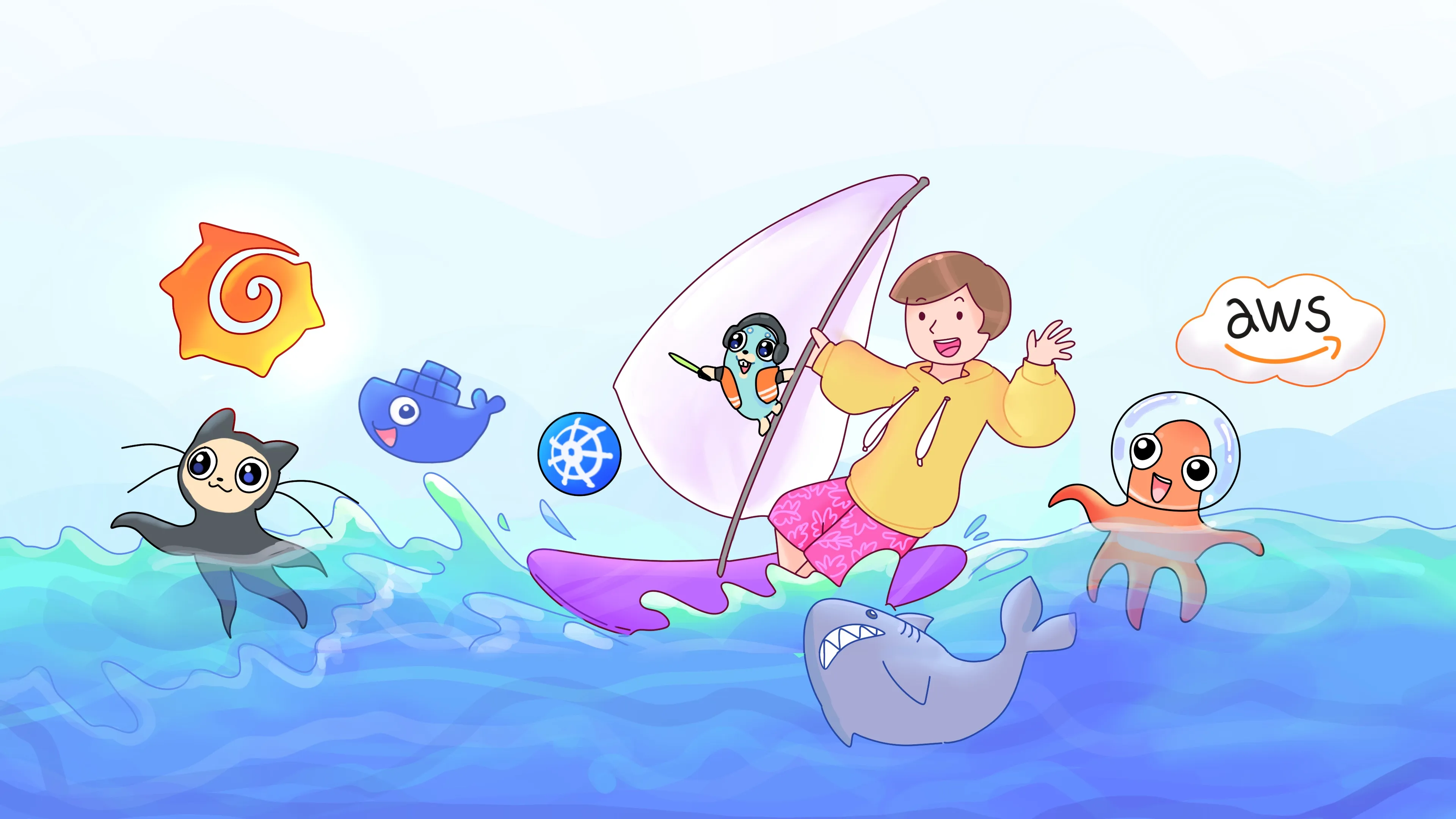What is the Cloud?

Let’s cut to it.
The cloud isn’t magic. It’s not a revolution. It’s not even new. It’s just rented computers — someone else’s datacenter, wrapped in APIs, billing dashboards, and enough marketing jargon to make your eyes bleed.
But that doesn’t mean it’s not important.
If you build, deploy, or run software today, you’re in the cloud whether you like it or not. So let’s break it down — without the Gartner-speak — so you actually know what you’re using, what you’re paying for, and where the complexity really hides.
Flashback: The Cloud Is Just the Mainframe All Over Again
Back in the ‘60s, computing was a shared service. You didn’t own a computer — you bought time on one. Batch jobs. Punch cards. Centralized systems.
Then came personal computers. Then client-server. Then web apps. And eventually, surprise: we looped back around.
“The Cloud” is just mainframes for the modern age — except this time it’s running on someone else’s rack, and you pay by the second.
And it scales. And it (usually) works.
Cloud = Renting What You Used to Buy
Let’s say you want to deploy an app. In the pre-cloud world, you’d:
- Buy a physical server
- Rack it
- Install Linux
- Set up firewalls, monitoring, backups, etc.
- Wait 3 weeks for procurement
Now? You open AWS, click a few buttons (or better — run terraform apply), and you’ve got a server in Singapore running your code in minutes.
That’s the core idea behind cloud computing: pay-as-you-go access to computing resources — no upfront hardware, no maintenance, and no yelling at procurement.
The Three Cloud Models (Without the Sales Pitch)
Here’s where the industry loves to throw acronyms at you. SaaS, PaaS, IaaS. Let’s break them down like an engineer, not a vendor.
1. IaaS — Infrastructure as a Service
What you get: VMs, storage, networks. What you manage: Everything above the OS. Example: AWS EC2, Azure VMs, GCP Compute Engine
Think of it as getting a raw Linux box in the sky. You do the rest.
If you’re setting up your own PostgreSQL cluster on Ubuntu in AWS — you’re doing IaaS.
Real-world use case:
aws ec2 run-instances --image-id ami-xxxx --instance-type t2.mediumIt’s flexible, but the burden’s on you. You patch. You scale. You secure.
2. PaaS — Platform as a Service
What you get: A managed environment to run your code. What you manage: Just your app. Example: Heroku, OpenShift, Google App Engine
This is cloud with training wheels — in a good way. You don’t worry about the OS or runtime; just deploy your app and go.
Real-world example:
git push heroku mainBoom. App deployed.
Great for devs who want to ship fast, less ideal if you need low-level control.
3. SaaS — Software as a Service
What you get: Fully managed apps. What you manage: Nothing. Just your data and usage. Example: Google Workspace, GitHub, Dropbox, Jira
You’re already using SaaS every day. Your email? SaaS. Your ticketing system? SaaS. That weird dashboard your CFO keeps exporting to Excel? Definitely SaaS.
You don’t control the code, and that’s the point.
Who’s Responsible for What?
Here’s a chart worth memorizing:

- On-prem? You manage everything.
- IaaS? You still manage OS and above.
- PaaS? Just your code.
- SaaS? Nothing but your login credentials.
If you’re wondering why your team spends all day patching EC2s — congrats, you’re in IaaS-land.
So… Why Bother with the Cloud?
Three reasons:
- Elasticity – Scale up for Black Friday, scale down on Monday. Try doing that with a rack of Dell boxes.
- Speed – From idea to deployment in minutes, not months.
- Focus – Spend less time babysitting hardware and more time shipping features.
Tools of the Trade
Here’s how cloud use plays out in the stack:

And here’s how we actually build on it:

Want portability? Use containers. Need repeatability? Use Terraform. Scaling headaches? Embrace managed services.
Final Thought: The Cloud Is Just Someone Else’s Problem… Until It’s Yours
You don’t have to love the cloud. But you should understand where it helps — and where it bites back.
Because every abstraction leaks. Every managed service eventually throws you a curveball. And “serverless” doesn’t mean ops-less.
The more you know what you’re actually using — the more control you have when things break.
TL;DR
- Cloud = rented infrastructure with APIs and billing.
- IaaS = VMs and control, but with responsibility.
- PaaS = fast deploys, less control.
- SaaS = just use the app, don’t ask how it works.
- The cloud isn’t new — it’s just better branded mainframes.
- Know your layer, know your risks, use the right tool for the job.
What Next?
If you’re deploying apps, pick a platform that fits your team’s skill and scale. If you’re teaching juniors, show them the responsibility split across SaaS/PaaS/IaaS. If you’re building infra — godspeed, and may your Terraform plans never fail in prod.
Social Channels
- 🎬 YouTube
- 🐦 X (Twitter)
- 🐘 Mastodon
- 🧵 Threads
- 🧊 Bluesky
- 🎥 TikTok
- 📣 daily.dev Squad
- ✈️ Telegram
- 🐈 GitHub
Community of IT Experts
- 👾 Discord
Is this content AI-generated?
No. Every article on this blog is written by me personally, drawing on decades of hands-on IT experience and a genuine passion for technology.
I use AI tools exclusively to help polish grammar and ensure my technical guidance is as clear as possible. However, the core ideas, strategic insights, and step-by-step solutions are entirely my own, born from real-world work.
Because of this human-and-AI partnership, some detection tools might flag this content. You can be confident, though, that the expertise is authentic. My goal is to share road-tested knowledge you can trust.
